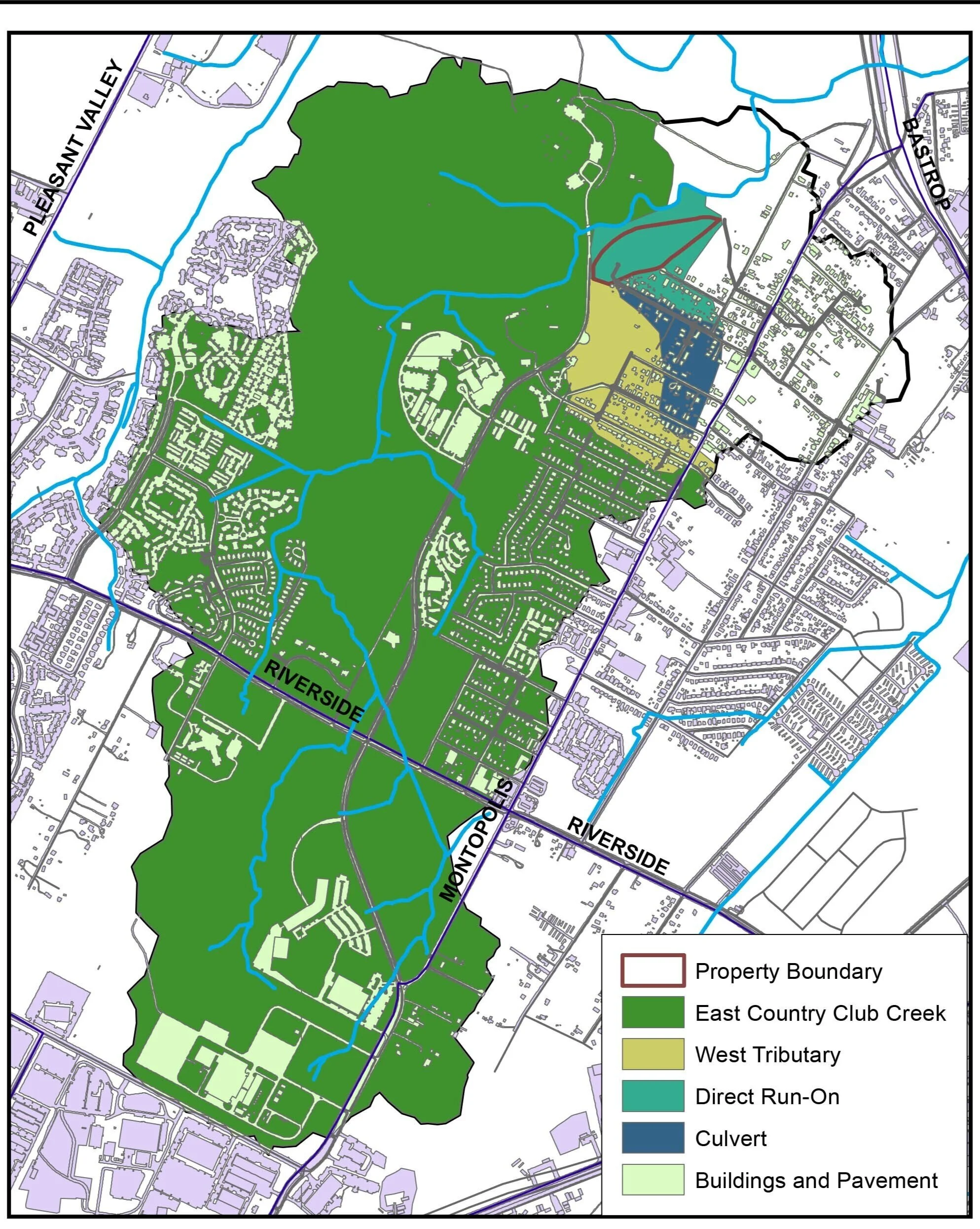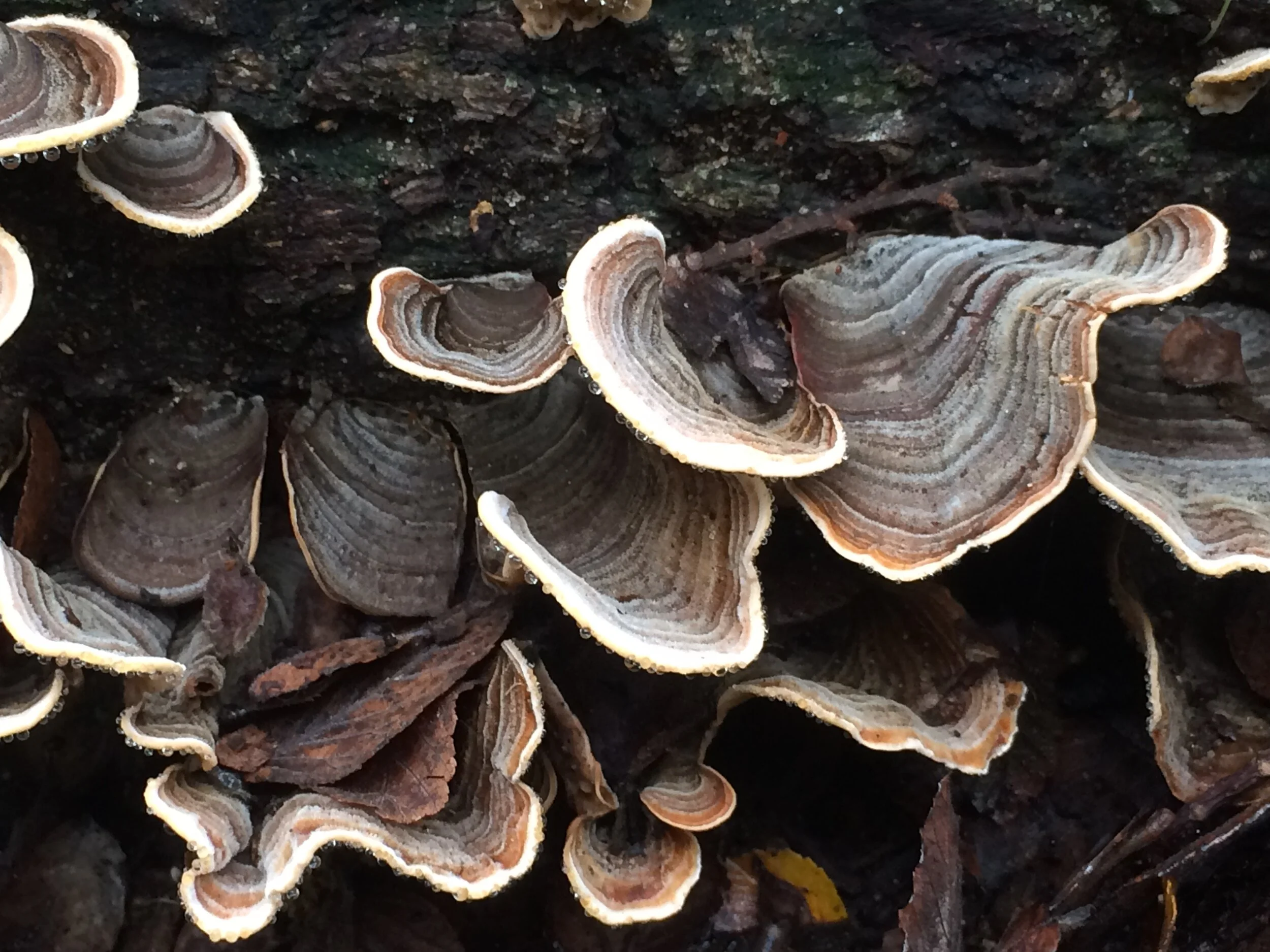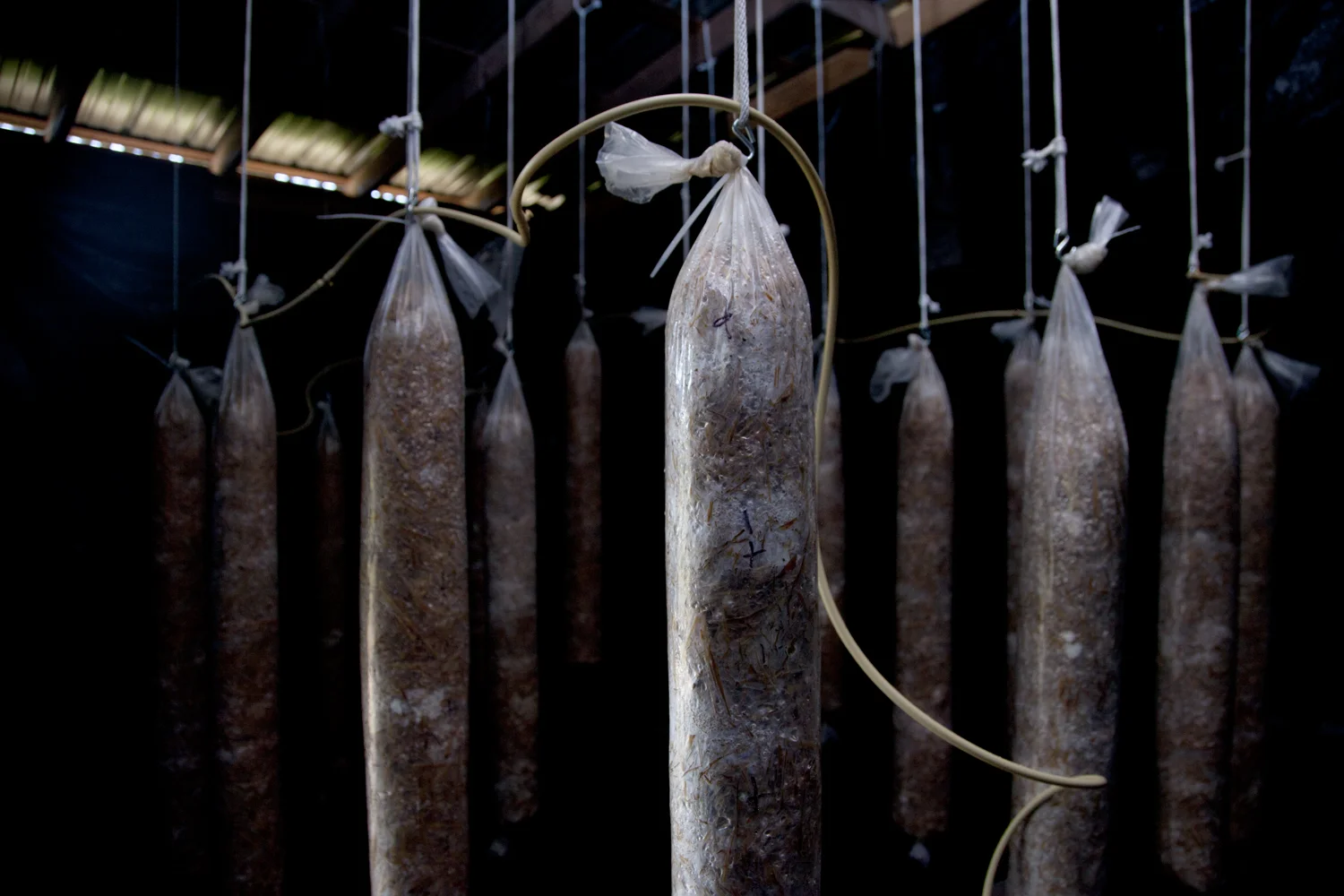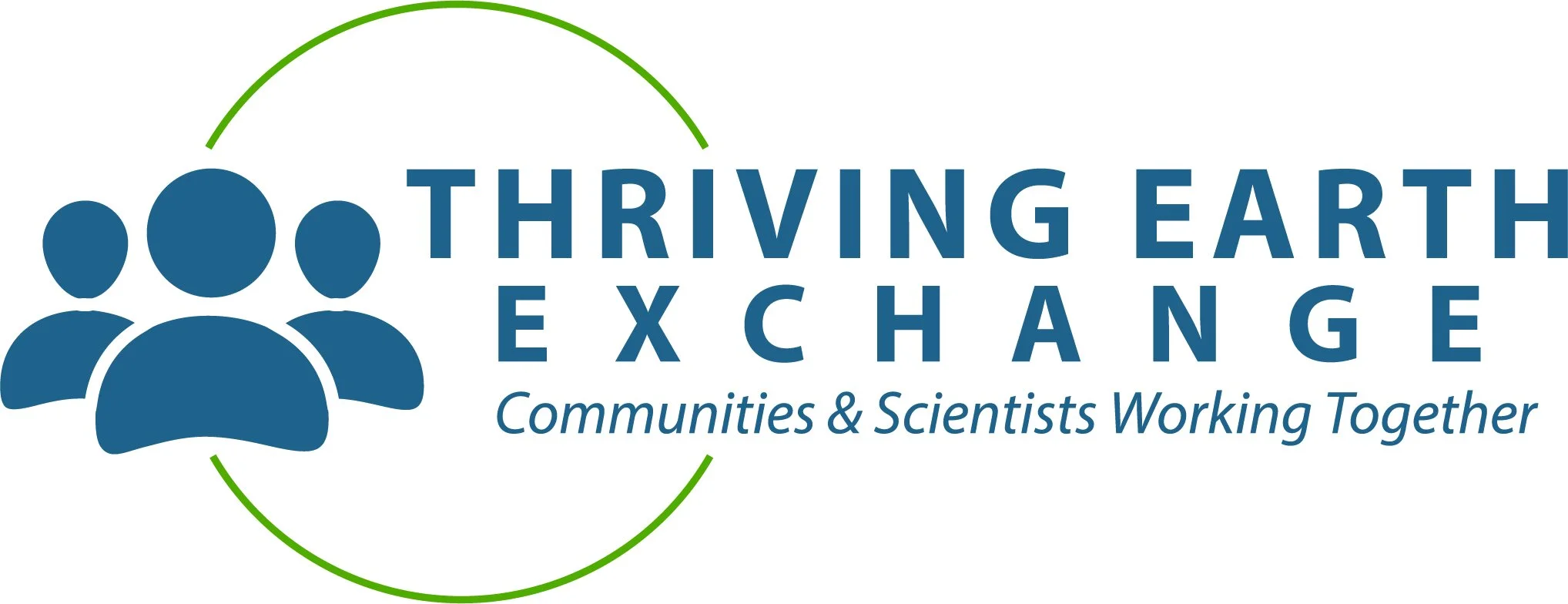Programs
Future Forest
Future Forest is a community forestry initiative started in 2016 to help reestablish a native riparian forest along Country Club Creek East in Montopolis. The project began with a multiyear clean up effort of the creek and surrounding parkland with over one thousand volunteers, followed by planting native species to help address erosion threats. In 2020, we received grants from the St. Davids Foundation Parks with a Purpose: Parks for Health and Equity and from Austin Parks Foundation to create a new hiking trail along the creek corridor in Roy G. Guerrero Park, and begin comprehensive restoration work. We also received an Urban Forest Grant in early 2021 to provide trees and materials to help accelerate forest succession. The project leveraged community participation in trail maintenance, native plant establishment, and liter abatement. Since the project began, we have planted thousands of native trees, forbs, and grasses and reintroduced several species lost to the park from decades of overgrazing. The project continues to grow as we help establish more native plants and hold community events centered around environmental education and stewardship.
Watershed Clean ups
Illegal dumping has been a problem in the area for many decades. We are working to clean the watershed tributary by tributary. Circle Acres once had a wall of trash 30 feet high and 600 feet long. Over 100 tons of material has been removed from the site since the clean up began in 2005.
Circle Acres is located at the bottom of a 900 acre watershed of Country Club Creek East, roughly a 1/4 mile from the Colorado River. The Montopolis Wetland is located in the open pit mine left behind after the gravel and sand mining operation ceased in the 1960s. In an effort to help keep the wetland free of trash washing in during nearly every rain event, we began leading clean up events to work our way up the watershed. Since 2016, we have cleaned out over 2,300 bags of trash, dozens of tires and numerous bulk items out of the creek. Over the years we have been able to witness biodiversity rebound as the community’s waterways are once again able to function properly. We still have plenty of ground to cover but have seen first hand the benefit of these efforts and the power of community coming together to help steward our precious water resources.
biodiversity monitoring
Biodiverstiy Monitoring with Citizen Science via iNaturalist.org
Citizen Science has proven to be an invaluable tool for documenting species diversity and monitoring population abundance. Check out our Citizen Science projects for Circle Acres Nature Preserve and the Guerrero G Guerrero Park. Circle Acres is also an eBirding hotspot. Please considering adding to these biodiversity monitoring projects after you visit us. We’ve worked with ACC-Riverside biology professors who bring their classes to the preserve and park to help document the organism they find. As the project moves forward, we are building an important database to help inform our restoration efforts and impact. Circle Acres was once the most polluted tract in Montopolis, today it is amongst the most biodiverse 10 acres anywhere in the city.
Mycological Research Station
Applied Mycology workshop hosted by Daniel Reyes, founder of MycoAlliance
The Mycological Research Station is a space to experiment with mycoremediation, the process of utilizing the inherent abilities of fungi to decompose matter to help break down contaminants in soil and water. The station was started by Daniel Reyes, founder of MycoAlliance, in 2015. Today, the site is managed by the Central Texas Mycological Society’s Mycological Research Station team. Please contact them if you would like to volunteer at the station or learn more about the fascinating world of mycology.
Environmental Education
We piloted our first Summer Camp in 2021 with Natureveristy.
Prior to the covid pandemic we held field trips for local schools and home school groups. We anticipate fieldtrip and service learning projects to once again be available in early 2022.
When the project to convert a contaminated former landfill to a nature park began, we envisioned a space to help teach the skills of ecological restoration and bioremediation. We are thrilled to announce we have finished the first phase of our outdoor classroom structure thanks to the help of UT School of Architecture’s Gulf Coast Design Lab and generous support from the Environmental Fund of Texas. In summer of 2021, we piloted our first summer camp with Naturversity, who were able to offer 25% of their camper slots as free scholarships to Montopolis youth. We will once again be offering field trips and service learning events in Spring 2022.
Texas Wild and native plant nursery
With our native plant nursery at Circle Acres we are able to produce thousands of plants annually for our ecological restoration projects at the preserve and Roy G. Guerrero Colorado River Metro Park. We are helping to reintroduce native plant communities lost to the area through decades of overgrazing and gravel mining. We are also growing saplings from the oldest trees in the area as part of our Heritage Tree Preservation Project. Circle Acres serves as a living seed bank to protect the genetic diversity of important native species. We carefully select seed sources to help ensure a diverse, resilient forest grows here. Thanks to help from the Ladybird Johnson Wildflower Center, we also have emerging populations of many hard to find native species, including the endangered Correll’s False Dragonhead.
Environmental Research Projects
The Thriving Earth Exchange is a project of the American Geophysical Union.
We have partnered with various institutions to help collect data to document the trajectory of ecological change at Circle Acres. The land’s history as a former city landfill and EPA Brownfield provides us with a trove of data collected in the past, as well as, three bore wells for testing ground water around the landfill cap. We continue to collect data on soil and water contamination and quality, soil carbon sequestration, and biodiversity. As a small organization, we couldn’t have collected much of this data without collaboration from interested researchers including: UT Biology’s Urban Ecology Stream in the Freshman Research Initiative, St. Edwards Environmental Science and Policy program, students from Austin Youth River Watch, Colorado River Watch, Austin Community College-Riverside Campus Biology Department, and UT’s Jha Lab. If you are interested in conducting research at Circle Acres, please contact us. Stay tuned for an exciting update about an upcoming collaboration with the Thriving Earth Exchange.
Community Building and Land Back
Toyah artifact found in the creek adjacent to Circle Acres near the image of trash dumping found under the Watershed Cleanups section above.
Indigenous People’s of Austin, an informal group of local ingenuous people and allies, held a cleaning ceremony at Circle Acres in Summer 2021.
Circle Acres Nature Preserve has long served as a space of hope, healing and reconciliation with past wrongs. Ecology Action works to build community through collaborative regenerative land stewardship, skill sharing and gatherings. We hold numerous public events each year aimed at improving our shared environment together. Ecology Action is proud to work with the Montopolis Community Development Corporation and support their efforts to empower Montopolis residents through community centered economic development and historical preservation.
The preserve is situated in Montopolis, a historic community of color rich in history and culture. In the late 1960’s the City of Austin trucked in municipal waste to openly burn at the Grove Landfill with no regard for the serious health impacts for the people of Montopolis. During this time the landfill area had not yet been incorporated into Austin’s city limits and the recent passage of the Civil Rights Act of 1964 did not deter the overtly racist dumping and burning of toxic materials here. Known as “Poverty Island” Montopolis bore witness to widespread structural and environmental racism that defined Texas’ colonial history through the Jim Crow era, and continues still today.
Plantations were established in the area starting around the 1840’s including the Burditt Cotton Plantation in 1844. The community immediately adjacent to the preserve is part of the Burditt Prairie Freemen’s Community, a freedman’s colony comprised of formerly enslaved people from the Burditt plantation settled after Emancipation. Check out The Texas Freedom Colonies Project for more information about these communities and their remarkable histories.
Many descendants still live in the area and have helped to fight for the preservation of the Montopolis Negro School adjacent to Circle Acres. The school was originally started by Travis County as the "Colorado Negro School No. 1" around 1891 and is one of 40 rural African American schools once operated by the county and the last school to remain standing. Other historical places in the area include the Burditt Prairie Cemetery (est. 1850), Cemeterios San José (est.1919 and 1843), and the Montopolis Bridge completed in 1938.
In 2021, we began a collaboration with Indigenous People of Austin Texas, an informal group of indigenous people and allies seeking to strengthen communal ties, gather, celebrate and start conversation about Land Back. Land Back is an indigenous led movement to return stewardship of land to indigenous people, transform settler-colonial relationships to land, reclaim cultural traditions, languages, ceremonies, and sovereignty while helping to dismantle white supremacy culture. Ecology Action is committed to provide space for cultural ceremonies and events, and to inform our restoration efforts with traditional ecological knowledge and collaboration.
We believe that healthy communities stem from healthy environments and that we are all stewards of our shared Earth. It is through community that the power to transform our world toward an equitable, abundant future is possible.















